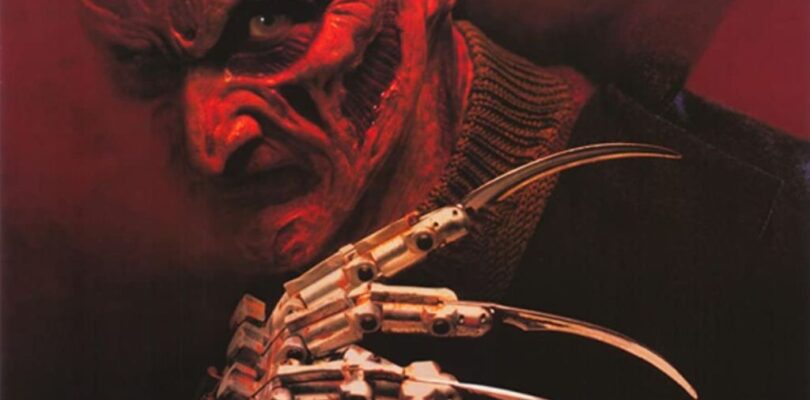Adjusted for inflation, the first Friday the 13th movie is the highest-grossing Friday the 13th movie. The same can’t be said for A Nightmare on Elm Street, which saw its original movie do better than most of the one-off slashers of its era but took a few sequels to really become an A-list property. And, eventually, Freddy Krueger found himself mentioned in the same breath as Darth Vader when cinema’s best villains discussions were held. He was a hit, and so were his movies. Well, most of them, because there is such a thing as a bubble bursting. It happens to every major horror franchise. It happened to Halloween, with Saw, and, of course, Friday the 13th.
Videos by ComicBook.com
So, when did that happen? Without further ado, the A Nightmare on Elm Street movies, ranked by adjusted box office gross.
9) Wes Craven’s New Nightmare — $39.2 Million
Freddy’s box office appeal dwindled fast after its peak, but even the film that displayed that decline, A Nightmare on Elm Street 5: The Dream Child, was the highest-grossing slasher film of its respective year. Outside Pet Sematary, it was the highest-grossing horror film of the year, regardless of subgenre.
Not the case for Wes Craven’s New Nightmare which, even with Craven returning as director, Heather Langenkamp back as Nancy (when she wasn’t playing herself), and an inventive meta core concept, it outright flopped. In fact, it was likely that the film’s meta concept was its undoing. And yet, two years later, Craven himself made a major hit with the super meta Scream. New Nightmare was just ahead of its time by about 730 days. But it really did flop hard, and 1994 wasn’t even a year particularly filled with horror movies, so it’s not as if audiences were burned out on the genre. They just weren’t interested in more Freddy in the ’90s, the same of which could be said for Jason Voorhees. That is, unless they were to share the screen.
8) A Nightmare on Elm Street 5: The Dream Child — $57.4 Million

Two months after A Nightmare on Elm Street 4: The Dream Master made a ton of money, the TV series Freddy’s Nightmares started airing (in syndication, as opposed to on a specific network). That show was just one example of how Freddy Krueger had suddenly become a franchise in and of himself. There was bound to be a breaking point, one fueled by over-saturation.
That ended up being the very film that followed The Dream Master, A Nightmare on Elm Street 5: The Dream Child. It didn’t help that the movie lacked much of the energy and scope seen in the film that preceded it, resulting in a far more dismissive response from critics and fans alike. It ended up making about 57% less than the fourth film, serving as a clear indication that Nightmare was running out of steam, and fast.
7) A Nightmare on Elm Street (1984) — $79.1 Million
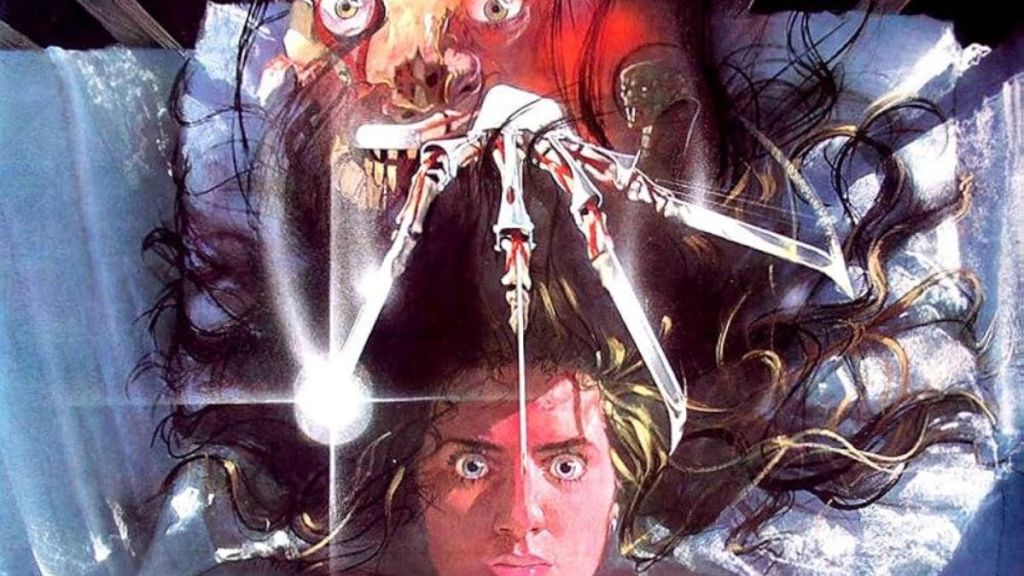
It may have been the late Wes Craven’s best film, but A Nightmare on Elm Street wasn’t quite a blockbuster. It certainly found an audience, but it was just shy of being a substantial horror hit like Friday the 13th, which made just under $40 million in 1980 dollars compared to Nightmare‘s $25.6 million in 1984 dollars. Even still, it was more than enough to establish a potential franchise, as long as New Line Cinema could figure out what its key appeal was. Of course, that would be Robert Englund as Freddy Krueger.
6) Freddy’s Dead: The Final Nightmare — $82.1 Million
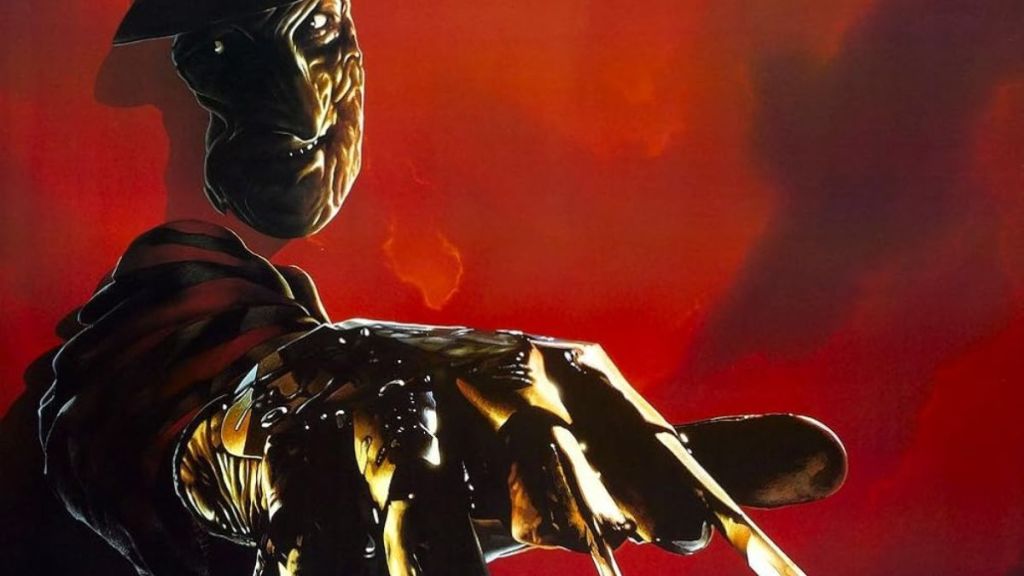
Most film franchises experience a bump when the newest installment is marketed as the final installment. People who sat out the last one tune back in to see how the narrative they followed for a while wraps up. That was the case with Freddy’s Dead: The Final Nightmare, which did much better than The Dream Child, but fell far short of Dream Warriors and The Dream Master.
It probably didn’t help that the film (rightly) netted the worst reviews the franchise had ever seen. Prior to the fifth film, A Nightmare on Elm Street had consistently done better with critics than every other main slasher franchise. For the most part, audiences felt the same way as critics about the overly comedic 3D extravaganza that was Freddy’s Dead, and it didn’t have the legs at the box office of even The Dream Child. But, at the end of the day, it tripled its production budget, which wasn’t something its predecessor could say.
[RELATED: Did You Know A Nightmare on Elm Street Almost Got a Reality Show?]
5) A Nightmare on Elm Street 2: Freddy’s Revenge — $89.4 Million
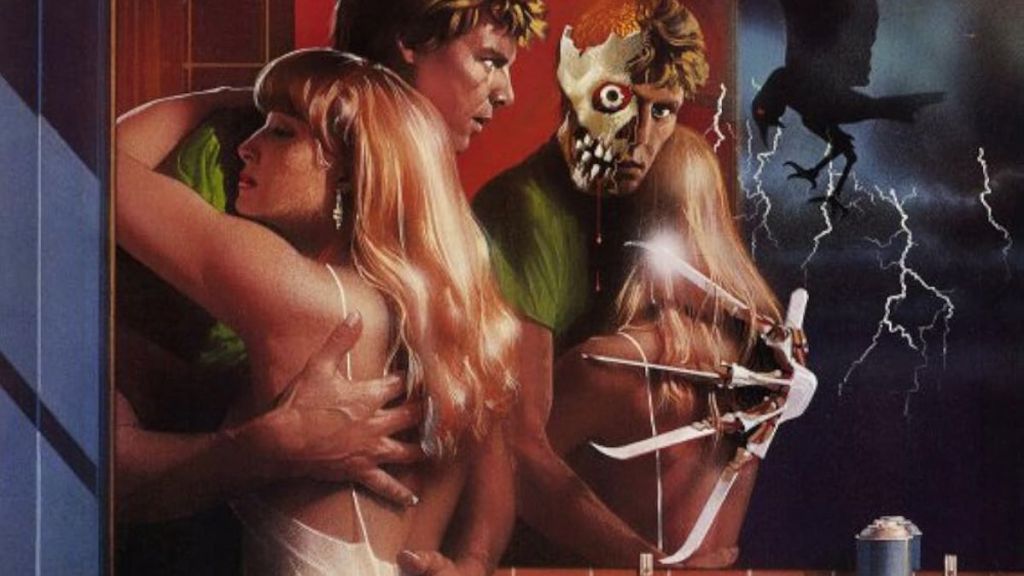
A Nightmare on Elm Street 2: Freddy’s Revenge is a truly odd duck. Tonally, and especially, narratively, it’s fairly far removed from the remainder of the franchise. New Line Cinema had yet to figure out how a movie that ended with the protagonist turning her back on the antagonist to deplete his power could become a multi-entry IP. Freddy’s Revenge shows this multiple times, including in the climax, when Freddy outright comes into the real world and slaughters a bunch of teens at a pool party.
Regardless, Freddy’s Revenge also showed that there was in fact gold to mine in making Freddy a franchise antagonist. This just wasn’t quite the way to do it. Did Freddy’s Revenge outgross the original film? It did, but the original film made more than 30 times its production budget while Freddy’s Revenge “only” made 10 times its production budget.
4) A Nightmare on Elm Street (2010) — $92.8 Million
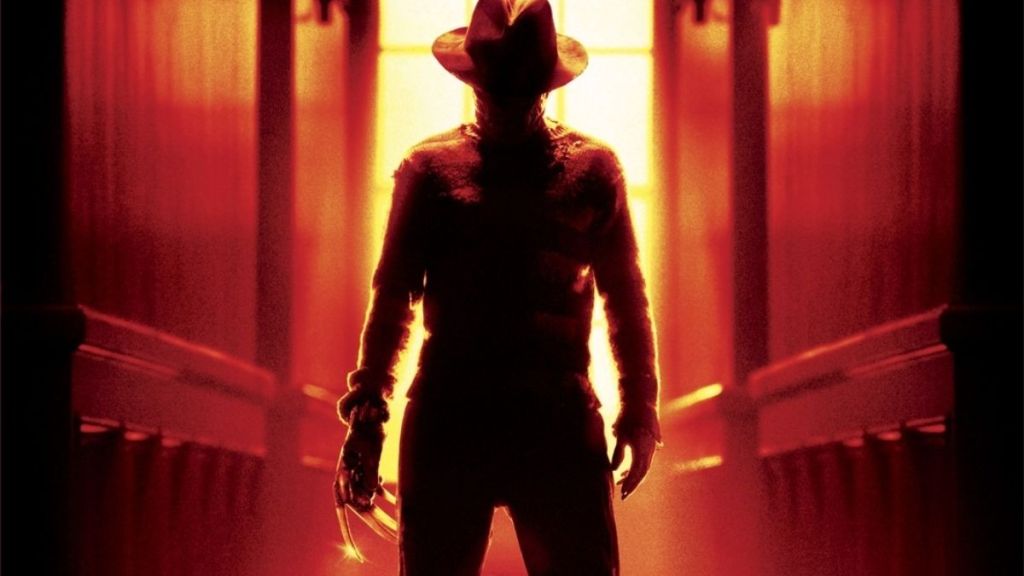
On one hand, 2010’s A Nightmare on Elm Street did quite well for itself. On the other hand, it showed that there just really is no Freddy without Robert Englund. There’s a reason we haven’t received another installment of the franchise since this dud.
Given the time between straightforward Freddy movies, the best comparison to A Nightmare on Elm Street (2010) wouldn’t be Freddy’s Dead, it would be the other Platinum Dunes remakes of A-list horror IPs. 2003’s The Texas Chainsaw Massacre was a major hit with $80.5 million unadjusted. And, compared to that, both Friday the 13th ($65 million in 2009 dollars) and A Nightmare on Elm Street ($63 million in 2010 dollars) fell short. Not horribly short, but short.
3) A Nightmare on Elm Street 3: Dream Warriors — $126.5 Million
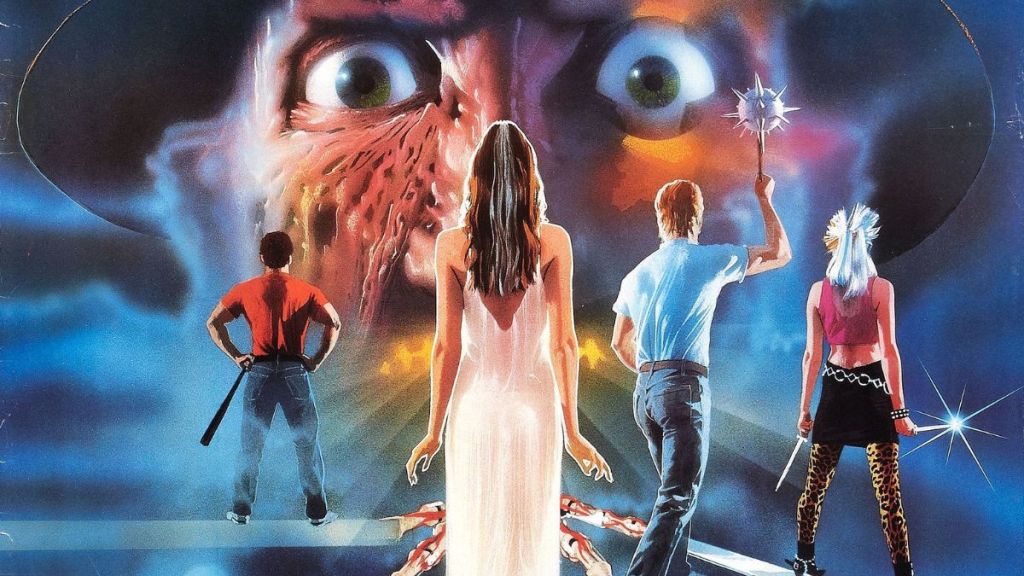
Without a doubt one of the best slasher sequels of all time, perhaps even the very best, A Nightmare on Elm Street 3: Dream Warriors was the course correction the franchise needed, and audiences responded to it. Like the film that preceded it, Dream Warriors netted 10 times its (again increased) budget.
Thanks to strong reviews from critics, Dream Warriors had some legs at the box office. In the case of the original film the legs were due both to a gradual rollout and strong word of mouth (hence the gradual rollout). With a third film, there’s no Paranormal Activity or The Blair Witch Project-type of “You have to go see this thing” type of word spreading. Once you hit the time to release a third movie, the audience has been established and tends to remain steady from the second. But Dream Warriors showed that Freddy was still on the upswing. But that upswing wasn’t done yet.
2) A Nightmare on Elm Street 4: The Dream Master — $133.9 Million
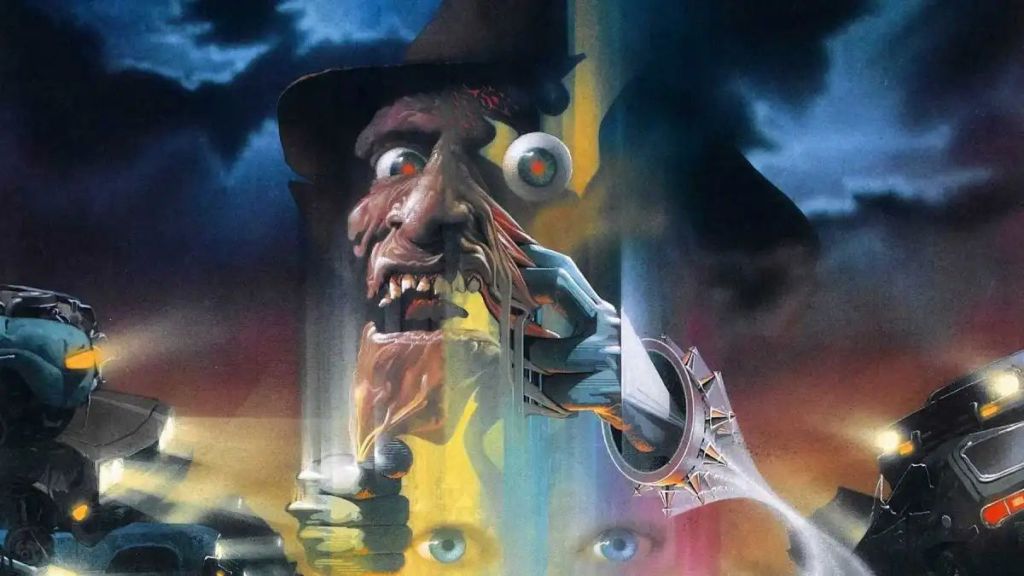
Released in August, A Nightmare on Elm Street 4: The Dream Master didn’t just operate as a major horror film, it operated as a summer blockbuster. It was so successful, in fact, that it was the 19th highest-grossing movie of the year, outgrossing the likes of Young Guns, Dirty Rotten Scoundrels, and the Dirty Harry movie The Dead Pool.
Unless you count Beetlejuice as a horror film, The Dream Master was also the highest-grossing horror movie of the year. It was a big deal, and a clear indicator that the general tone and pacing established by A Nightmare on Elm Street 3: Dream Warriors were winning ones. But it was also a little weaker than Dream Warriors, and it was the final true win for Krueger until he traded blows with Jason.
1) Freddy vs. Jason — $144 Million
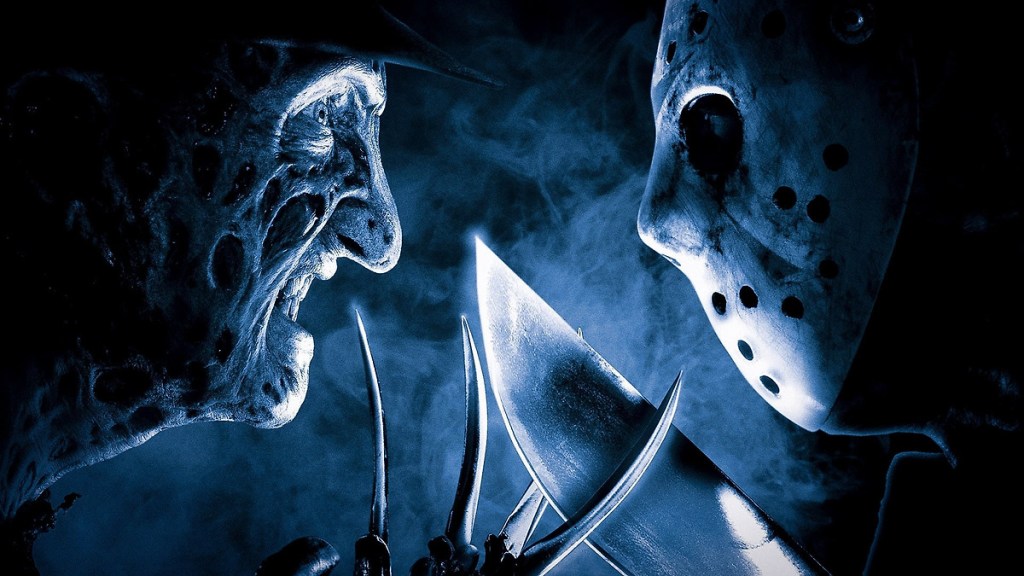
Freddy vs. Jason was, of course, more than a Friday the 13th movie or an A Nightmare on Elm Street movie. It was a horror genre event. One long-awaited by fans of one franchise, the other, or both. It was The Avengers of horror.
But a film isn’t an event film based on a factor like rabid fandom alone. Freddy vs. Jason appealed to people outside the IPs’ fanbases. It attracted the Scream audience as well, not to mention just about everyone who was 17 in 2003. It’s surprising Freddy vs. Jason didn’t strike while the iron was hot. A sequel wouldn’t have the curiosity appeal Ronny Yu’s movie did, but it still would have been a solid investment. Sadly, it’s likely too late now.

